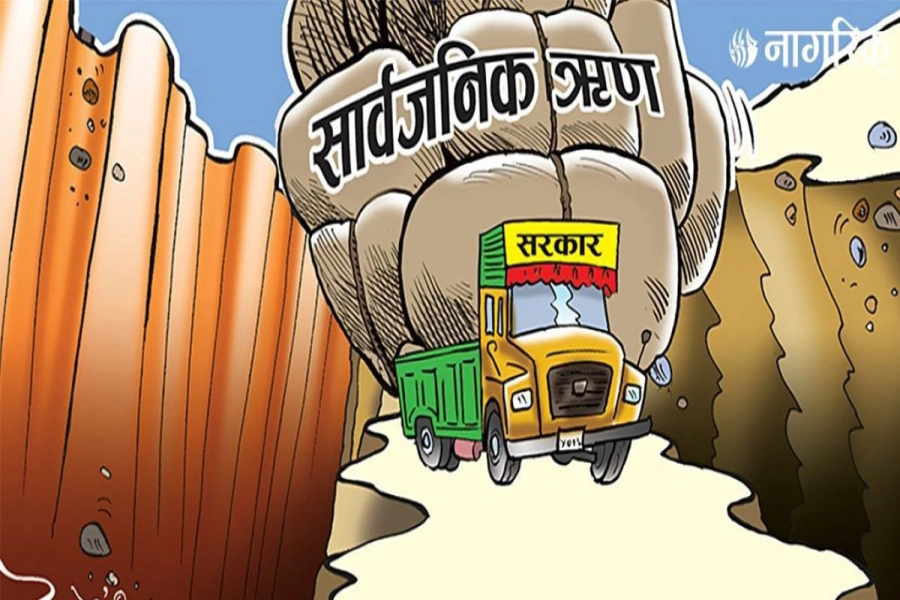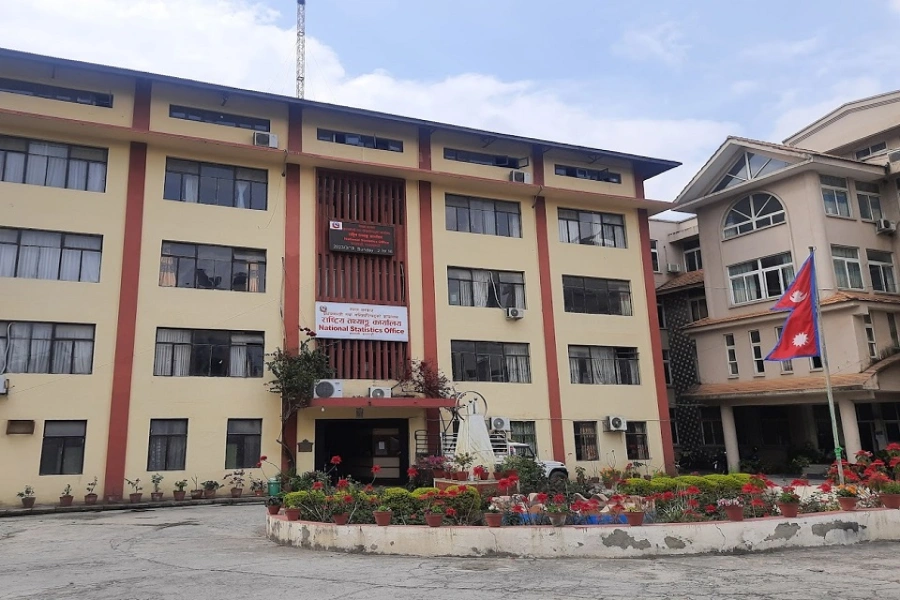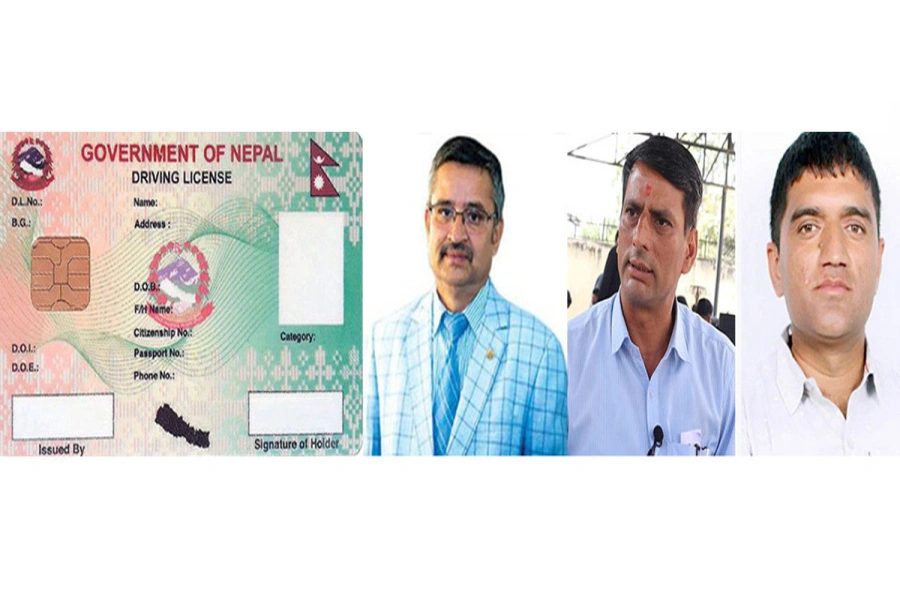Nepal’s public debt has reached Rs 2.622 trillion by mid-May, as the government continues to struggle to rein in soaring expenditures on unproductive activities. According to the Public Debt Management Office (PDMO), the country’s debt liability increased by Rs 188.30 billion in the 10 months of the current Fiscal Year (FY) 2024/25. Of this increase, Rs 48.19 billion was added due to the depreciation of the domestic currency against foreign currencies. Out of the total debt, Rs 1.266 trillion is domestic borrowing, while Rs 1.355 trillion is from foreign sources. The ratio of public debt to Nepal’s gross domestic product (GDP) has now reached 42.94 percent. Of this, internal loans account for 22.20 percent and external loans account for 23.76 percent of GDP. The rapid increase in this ratio is a serious concern, particularly as domestic aggregate demand has declined significantly. The government must heed the warning signs of a looming debt trap and take urgent, appropriate measures to rein in the soaring public debt.
Experts warn that the rising debt is a result of the government's failure to implement effective austerity measures. They argue that the government must cut unnecessary spending—such as excessive foreign visits—and prioritize investments in projects that reduce the financial burden on the country. The ballooning debt has already become a major issue, with a large portion of the national budget now allocated for debt servicing—at the expense of development spending. Amid slow revenue collection and rising expenditures, the government has been relying on borrowings to meet immediate liabilities. In 10 months of the current fiscal year, the government incurred a budget deficit of Rs 234.57 billion, with total expenditure at Rs 1.157 trillion, while revenue collection stood at only Rs 922.43 billion. Citing this large deficit, the government slashed grants to sub-national governments by one-third of the amount announced in the budget. Notably, the current public debt-to-GDP ratio is the highest in 18 years. In FY 2005/06, the ratio was 49.52 percent, which was gradually reduced to 22.28 percent by FY 2014/15. However, the public debt began to rise again after the devastating 2015 earthquakes. Over the past decade, the debt figure has increased fivefold.
Public debt hits Rs 2.8 trillion mark

Several studies have warned that excessive debt burdens can lead to crowding out effects, higher taxes, and increased interest payment obligations, placing heavy pressure on future generations. A high debt-to-GDP ratio limits the government's ability to invest in key areas like infrastructure, healthcare, and education, thereby hindering long-term growth. Moreover, higher public debt often forces governments to issue more bonds, pushing up interest rates. This can deter private sector investment and slow economic expansion. Ultimately, both public and private sector spending decline, making it even harder to reduce debt in the future. Given these risks, it is high time the government adopted prudent fiscal management. The government must avoid borrowing for unproductive sectors and refrain from launching populist programs that do not contribute to sustainable economic growth.

































